Add your promotional text...


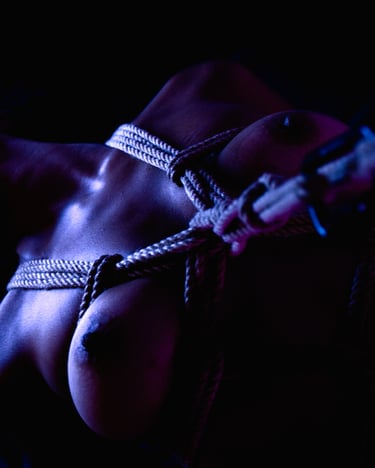
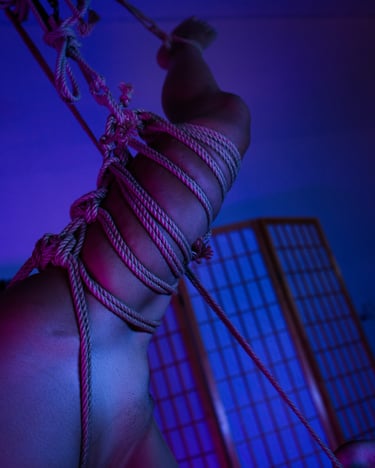
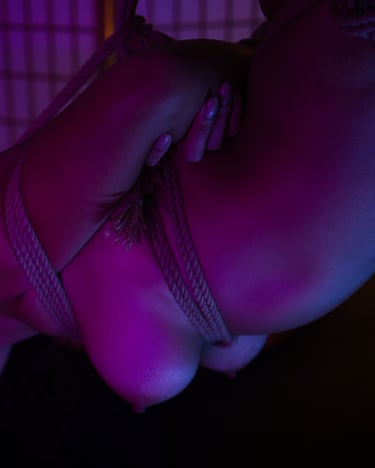
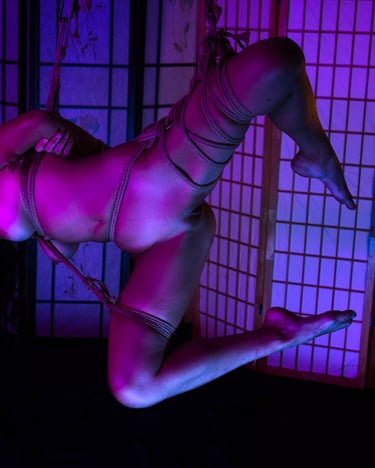

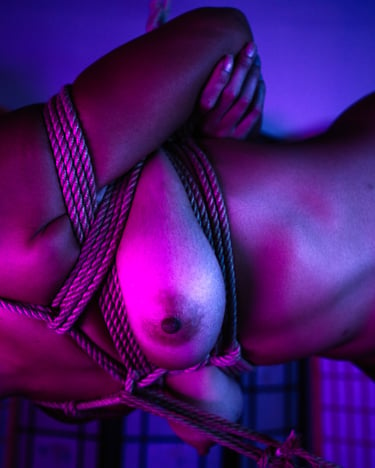
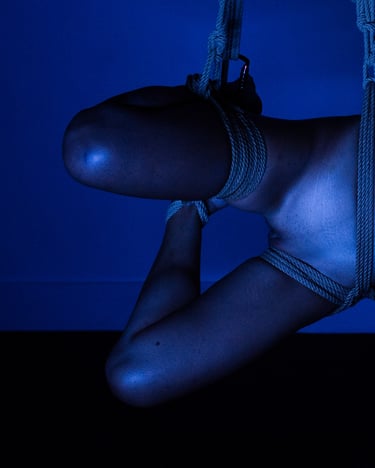
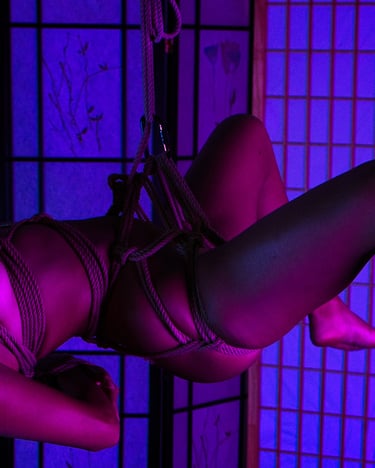
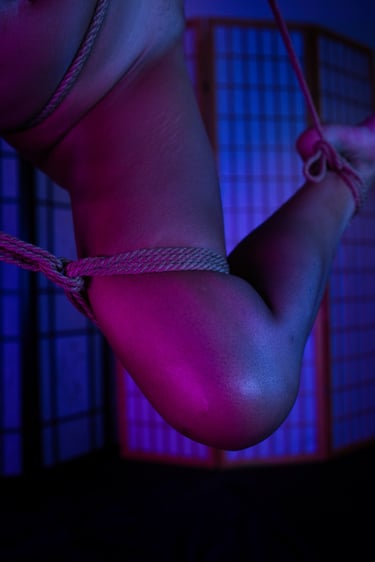










There are moments in rope that ask to be witnessed and others that ask to be kept. Lately I have been thinking about the difference, about how some sessions become less about creating an image and more about finding something steadier beneath the surface. Recently, one of my regular rope partners asked if we could tie without photographing. No lights, no camera, no plan beyond the quiet act itself. The request came softly, almost apologetic, but I understood. Our political climate has grown tense and uncertain, and for many of us there is a quiet fear that what feels private today could be questioned tomorrow. She said she wanted to feel safe. That word stayed with me longer than it should have. Safe. Many of my partners use that same word to describe how they feel in rope. Those who have experienced it understand, but for those outside it can seem impossible to reconcile. The very nature of what we do, the stillness, the surrender, the binding, exists on the edge of control and risk. And yet somehow that is where she wanted to find peace.
It is a strange kind of safety that exists in rope. It does not come from the environment or the situation, but from the trust built quietly between two people. The world outside may be uncertain, but inside that small space the boundaries are clear and the intentions known. She gives permission to be held, and I accept the responsibility that comes with it.
Yet, beneath that calm, there is always the awareness of risk. Rope is edgeplay by nature. It presses against physical limits and psychological ones. A misplaced wrap can numb a hand. A moment of distraction can change everything. She stands nude, exposed, and bound before me, unable to move or protect herself. I am the only variable between comfort and harm. To anyone looking in, this is not safety. It is restraint, vulnerability, and power imbalance embodied. And yet, within that contradiction, something unexpected happens. The rope limits her movement, but within those limits she finds stillness. It is not the absence of danger that makes her feel safe. It is the certainty of being seen, heard, and cared for even while unable to move. In surrender she finds control, and in control I find presence. The paradox is not something to solve, only something to recognize each time the rope tightens and the breath steadies.
For me, the feeling sits somewhere between calm and vigilance. Every motion is deliberate, every pause intentional. There is a kind of stillness that comes from knowing I am trusted completely, but that same trust carries weight. I am aware of every shift in her breathing, every tremor in her skin, the subtle tension beneath the rope that tells me where safety ends and risk begins. In those moments I am both anchor and edge, the one who holds her together and the one who could just as easily let her fall apart. The awareness is constant, almost meditative, and yet it humbles me every time.
What happens in that space says something larger about rope itself. For all its risk, rope is not about danger. It is about understanding the boundaries that make danger containable, even beautiful. It turns fear into focus, exposure into connection. The outside world may be shifting in ways that make many of us question what is safe, but within the rope, safety becomes something we create for each other. It is chosen, built moment by moment, through care and consent.
When the ropes came off, she stayed still for a long moment. Her eyes were closed, her breathing slow and steady. The marks along her skin caught the faint light, soft reminders of where the rope had rested. She smiled, not the kind that seeks acknowledgment, but the quiet smile of someone who has found what she came for. There were no words, only that shared silence that lingers when a scene lands exactly where it needs to. I sat beside her, aware that what we created together existed only in that space and time. She had wanted to feel safe, and somehow, within the contradiction of rope, she did.